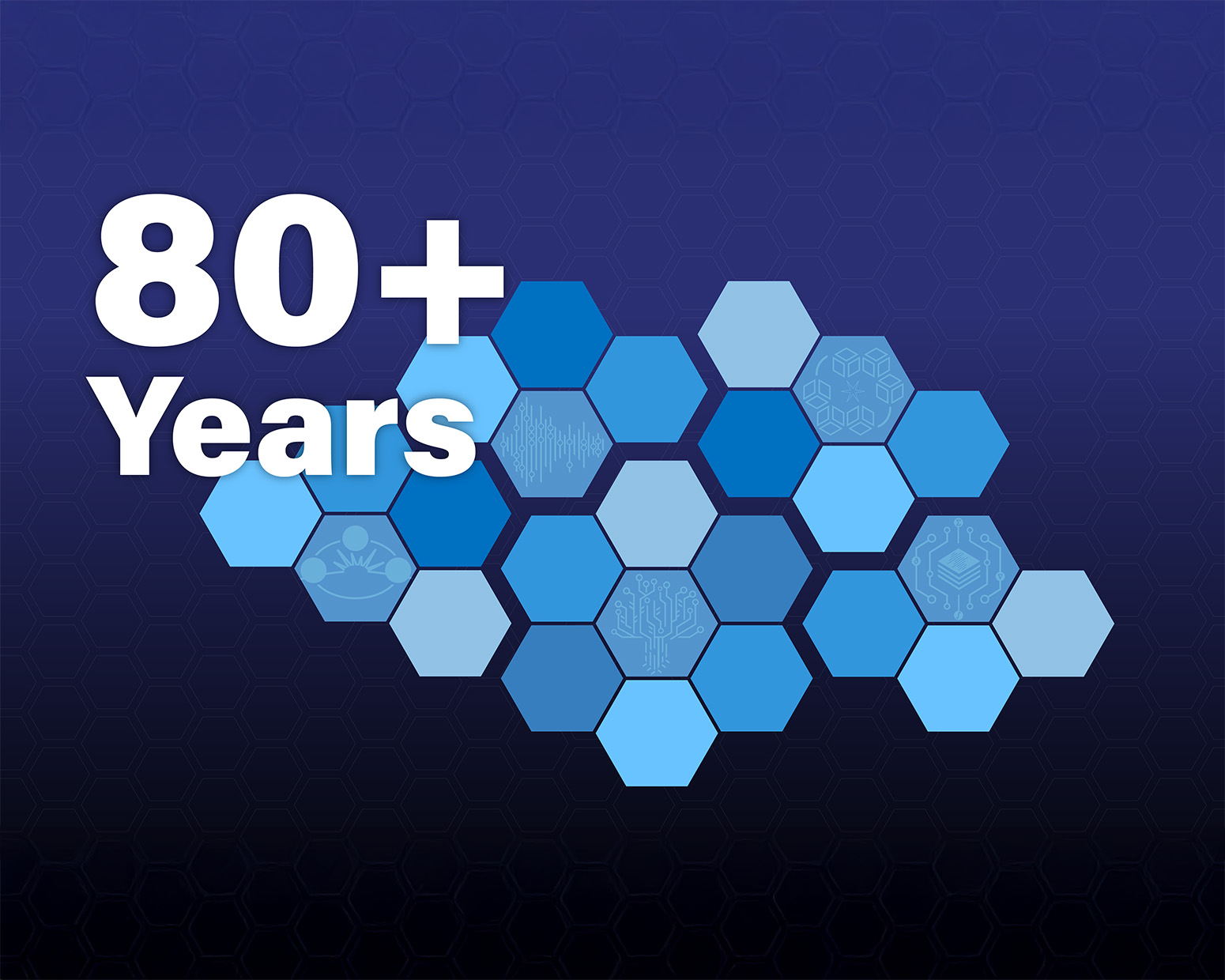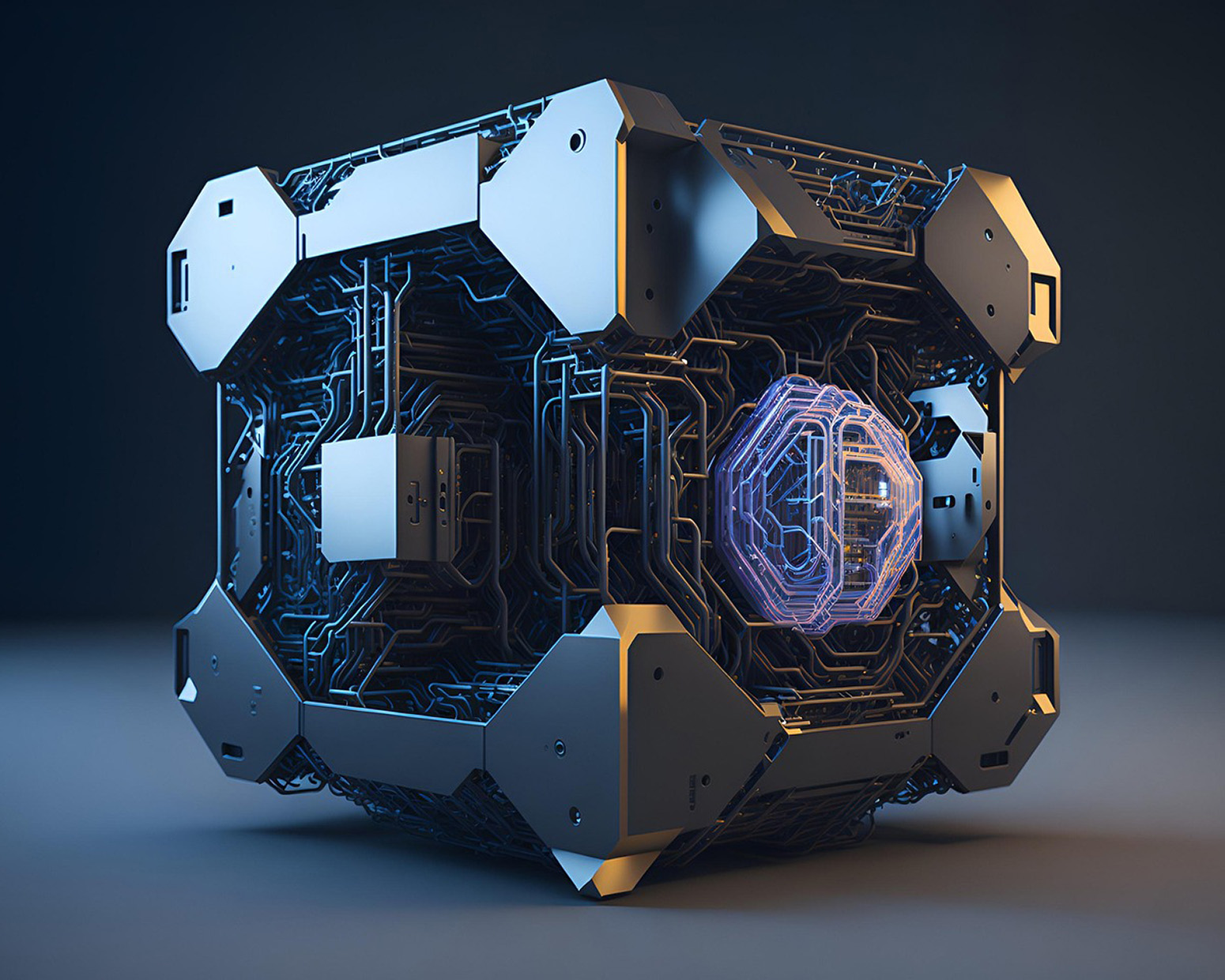Why does this radioactive isotope gobble up neutrons?
Los Alamos scientists have fresh insights about zirconium-88

A new experimental method recently helped Los Alamos scientists crack a nuclear physics mystery. The work, which gets to the crux of how the radioactive isotope zirconium-88 absorbs neutrons at an astonishing rate, is expected to advance nuclear-reaction calculations.
Published simultaneously, one paper describes zirconium-88 research using a new instrument, and the other paper explores the origin of the isotope’s neutron-capture cross section.
Why this matters: Neutron-induced reactions are key to nuclear energy production. Understanding how nuclei absorb neutrons (known as a neutron-capture cross section) is relevant to nuclear power generation and nuclear weapons modernization, as well as fundamental science and the origin of the elements in the universe.
- The Los Alamos technique enables the study of neutron capture on several radionuclides that may lead to future breakthroughs.
- In a 2019 paper, Lawrence Livermore National Laboratory researchers reported that zirconium-88 has a thermal neutron-capture cross section larger than stable zirconium isotopes and the second-largest ever observed across all elements.

What they did:
- Detectors used in typical neutron-capture experiments are overwhelmed by radioactive samples, so the Los Alamos-led team developed an approach at the Los Alamos Neutron Science Center (LANSCE) that creates a buffer between the sample and the detector.
- The team also invented a new instrument to study 1 mm diameter samples that provides the ability to probe for the first time little-understood radionuclides across a wide energy range. The Device for Indirect Capture Experiments on Radionuclides at LANSCE illuminates a sample with a beam of neutrons and then looks at what comes out the other side to see what fraction of neutrons disappeared from the beam due to sample absorption.
Funding: The work was supported by the Laboratory Directed Research and Development program of Los Alamos National Laboratory and by the Office of Experimental Sciences (NA-113)/ Secondary Assessment Technologies. The Los Alamos Neutron Science Center is a National Nuclear Security Administration user facility operated for the U.S. Department of Energy.

LA-UR-25-24868





